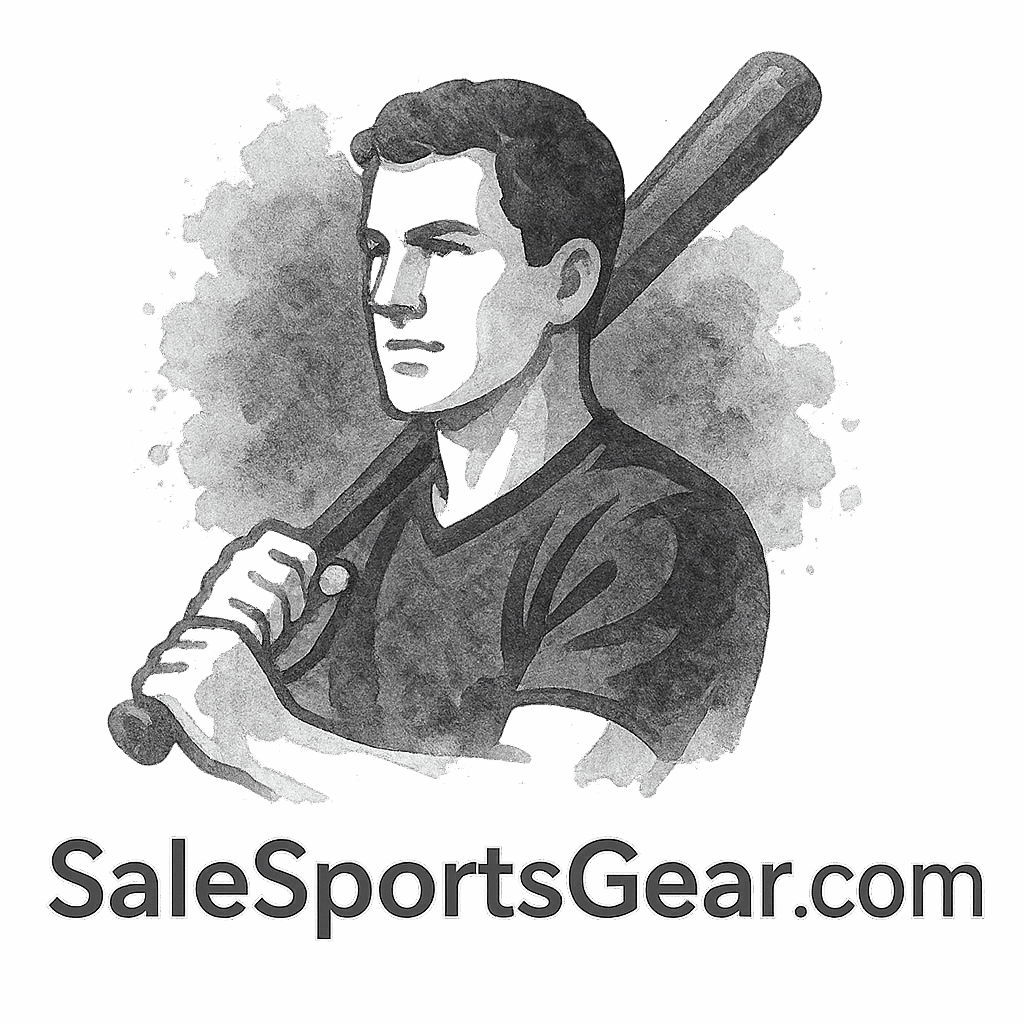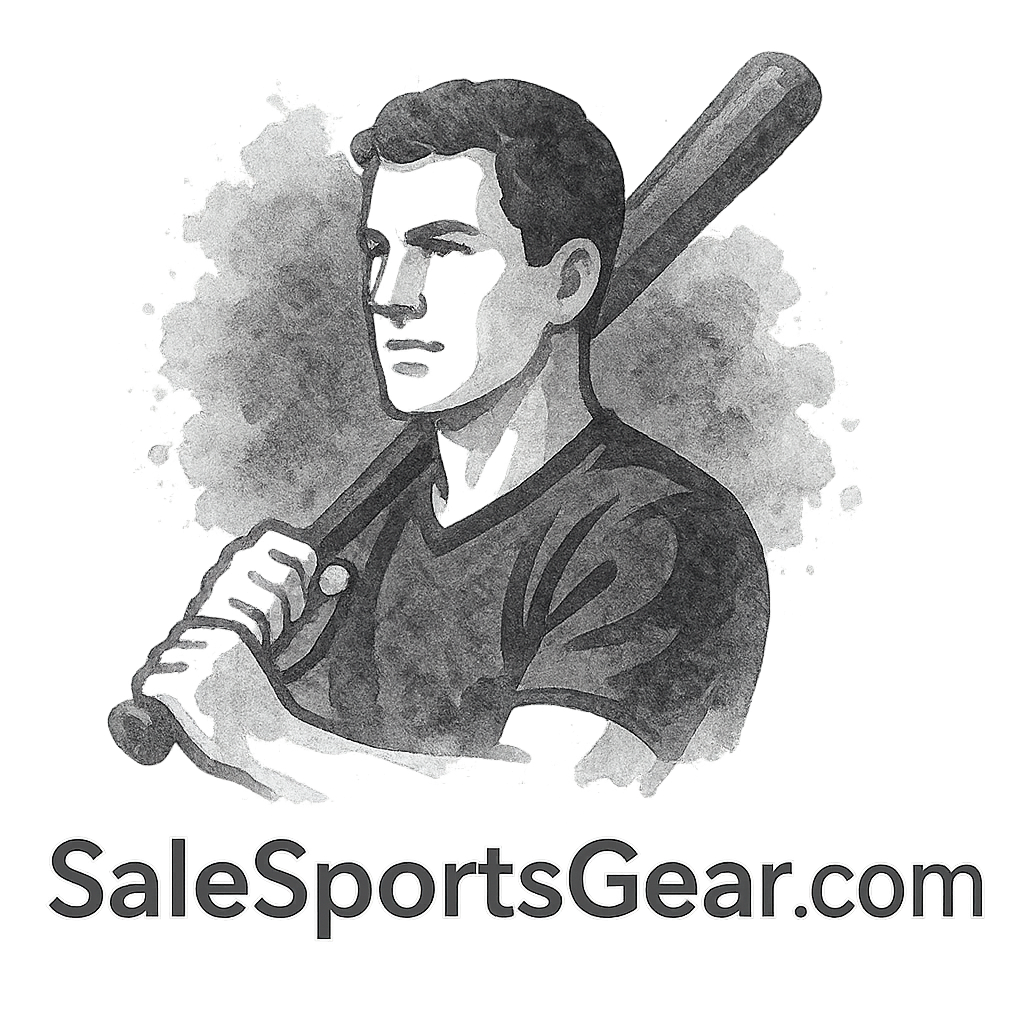So, you’ve decided to dive into a new sport—awesome! Whether it’s basketball, soccer, skiing, or cycling, having the right gear is half the battle. But here’s the kicker: beginner mistakes with sports gear can lead to injuries, wasted money, or both. Yikes, right?
This guide will walk you through 6 common sports gear hazards for beginners and how to avoid them. Trust me, learning this now can save you from a lot of frustration (and possibly a hospital visit!).
1. Ill-Fitting Gear
The Problem with Poor Fit
You wouldn’t wear shoes two sizes too small, would you? The same logic applies to sports gear. Ill-fitting helmets, gloves, pads, or even jerseys can cause:
- Chafing and skin irritation
- Reduced mobility
- Increased risk of injury
Imagine a cyclist with a loose helmet—it’s not just annoying, it’s dangerous!
How to Avoid It
- Get measured properly. Visit a sports shop where experts can size you.
- Try before you buy. Never assume one-size-fits-all.
- Check size charts. Especially when shopping online.
👉 Browse properly fitted options at Sports Gear by Type.

2. Cheap Knock-Off Equipment
The Hidden Dangers of Fake Gear
Bargain hunting is great… until it’s not. Cheap knock-offs might look like the real deal, but they can break easily or fail when you need them most. Some risks include:
- Broken straps or seams mid-game
- Lack of proper padding
- Materials that degrade quickly
Imagine your snowboard bindings snapping on the slope… not fun.
How to Spot Quality Gear
- Look for certifications. Things like ASTM, CE, or ISO labels.
- Read reviews. Avoid items with consistent complaints.
- Check materials. Real leather, strong composites, or moisture-wicking fabrics are a must.
✔️ Check out High-Performance Sports Accessories for trusted gear.
3. Lack of Protective Accessories
Risks of Skipping Protection
Skipping protective gear is like driving without a seatbelt. Common mistakes include:
- No mouthguard during basketball
- No shin guards for soccer
- No wrist guards when skateboarding
This often results in fractures, concussions, or dental injuries.
Essential Protective Accessories
- Helmets: For cycling, skating, snowboarding, etc.
- Mouthguards: For contact sports.
- Knee, elbow, and wrist guards: Skateboarding, biking.
- Padded gloves: Lifting, cycling, or baseball.
🔥 Find essentials in the Accessories Tag.
4. Improper Footwear
Footwear-Related Injuries
Using the wrong shoes can lead to:
- Sprained ankles
- Shin splints
- Blisters and calluses
- Knee or back pain
Picture playing basketball in running shoes—yeah, don’t do that.
Choosing the Right Footwear
- Get sport-specific shoes. Basketball, soccer, tennis—each has unique needs.
- Check the fit and arch support.
- Don’t use worn-out shoes. Tread wear affects grip and safety.
👉 Visit Sports Gear by Sport to find the right footwear for every game.
5. Misused or Wrong Equipment
The Danger of Using the Wrong Gear
Using equipment incorrectly or selecting the wrong type can be hazardous. Examples:
- A beginner lifting weights with poor grip gloves
- Using a tennis racquet designed for pros (too heavy!)
- Wearing summer gear for winter hikes
Tips to Use the Right Equipment
- Ask coaches or experienced players.
- Read user manuals. Yes, even for gear!
- Join local classes or online forums. Get advice from seasoned athletes.
💡 Check out Athlete Tools to gear up smartly.
6. Seasonal Gear Misuse
Risks of Ignoring Seasonal Needs
Imagine going skiing in regular sneakers. Crazy, right? Seasonal sports gear hazards include:
- Hypothermia from improper winter gear
- Heat exhaustion from wearing thick gear in summer
- Slippery shoes during rainy sports sessions
How to Choose Seasonal Sports Gear
- Look for moisture-wicking fabrics for summer.
- Thermal-lined gear for winter.
- Waterproof materials for rainy or wet conditions.
🌟 Check the Seasonal Sports Gear Collection to stay prepared all year round.
Bonus Tips for Beginners
Regular Maintenance Matters
- Check straps, laces, and padding regularly.
- Wash fabrics according to labels.
- Tighten screws on bikes, skateboards, or ski bindings.
Buy from Trusted Sources
- Avoid dodgy marketplaces.
- Buy from certified retailers like Sale Sports Gear.
- Stick to brands with warranties.
Conclusion
Jumping into a new sport is thrilling—but let’s be real, the wrong sports gear can turn that thrill into a spill. From ill-fitting gear to ignoring seasonal needs, beginners often overlook these hazards until it’s too late.
The good news? You now know exactly how to dodge these mistakes. Whether it’s choosing the right footwear, avoiding fake equipment, or investing in proper protective accessories, your sports journey just got a whole lot safer.
🎯 Ready to gear up the right way? Check out the best collections at Sale Sports Gear and explore everything from Sports Gear for Kids to Performance Gear designed for pros and beginners alike.
FAQs
1. How do I know if my sports gear fits correctly?
Always try gear on before buying or follow size charts carefully. A snug but comfortable fit is key.
2. Are expensive sports brands worth it?
Not always, but investing in mid-range or high-quality gear often ensures safety and durability.
3. Can kids use adult sports gear?
Nope! Check out Sports Gear for Kids designed specifically for younger athletes.
4. How often should I replace my sports shoes?
Roughly every 300-500 miles for running shoes, or when treads wear out and cushioning fades.
5. What’s the most overlooked protective gear?
Mouthguards and wrist guards are often skipped but can prevent serious injuries.
6. Where can I buy high-quality sports gear online?
Sale Sports Gear offers a range of certified, high-performance sports gear.
7. Is seasonal gear really necessary?
Absolutely! Check the Winter Gear or summer collections to stay safe and comfortable no matter the weather.


